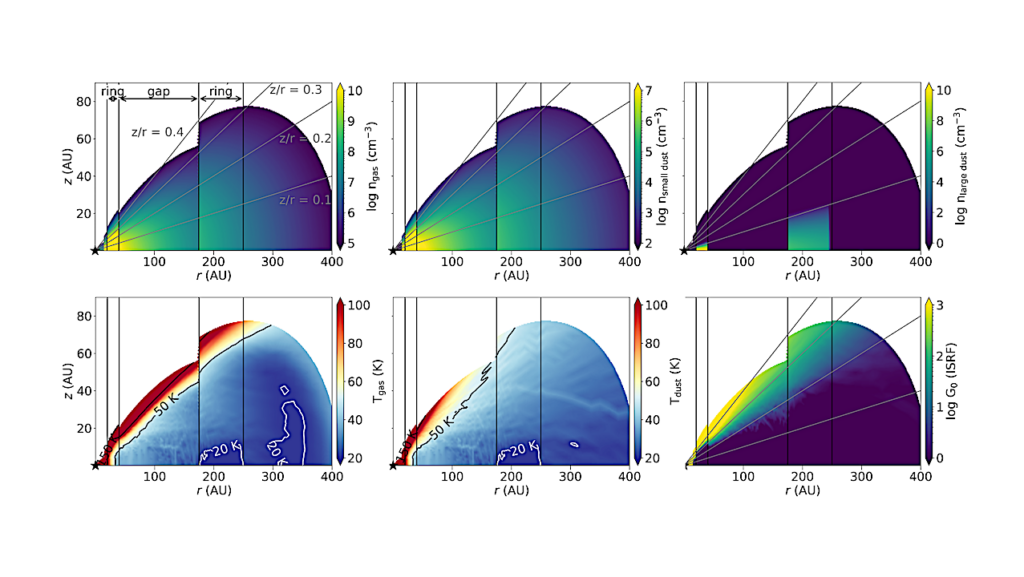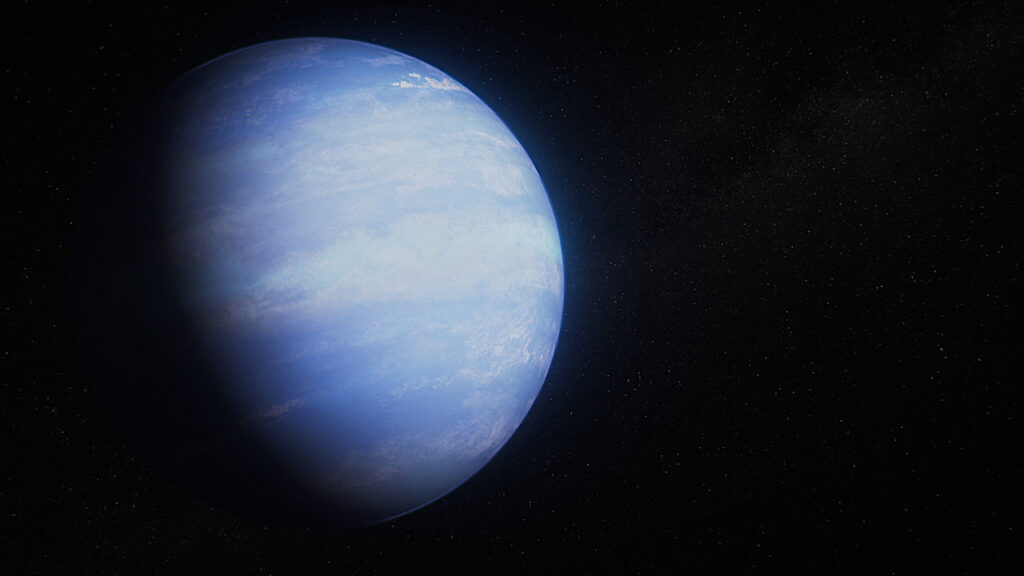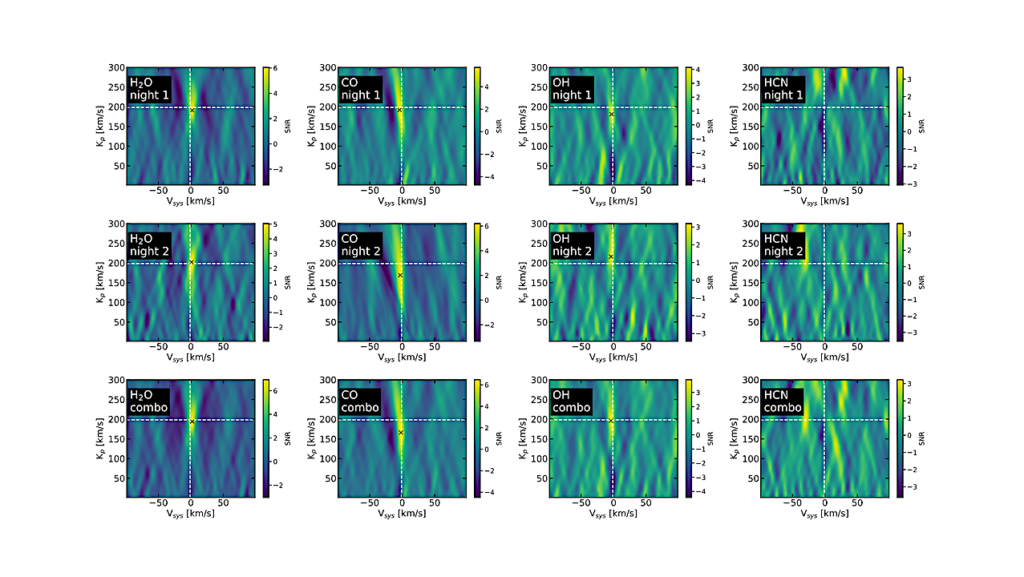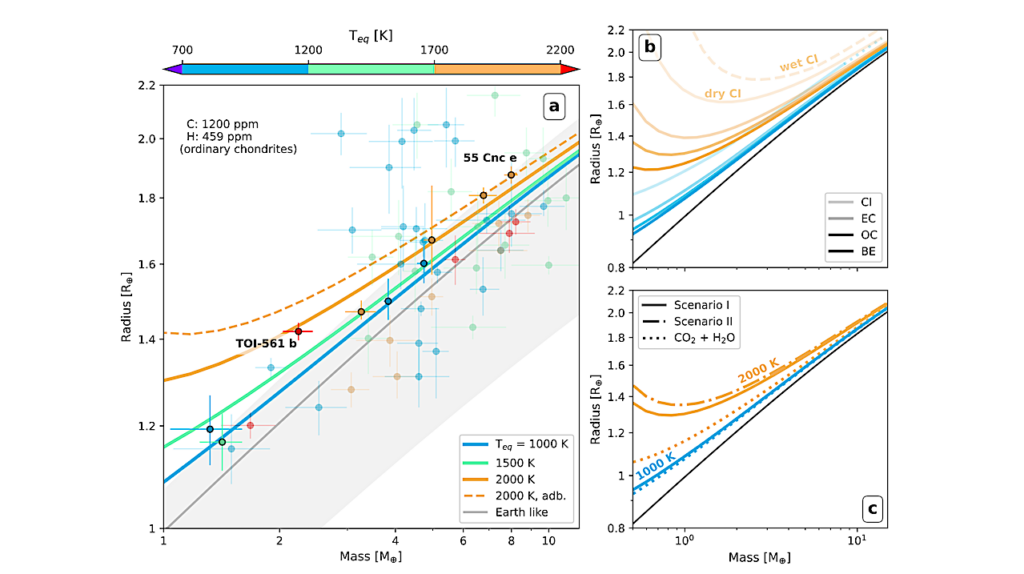The Effects Of Atmospheric Entry Heating On Organic Matter In Interplanetary Dust Particles

Interplanetary dust particles (IDPs) were likely major sources of extraterrestrial organics to the early Earth. However, IDPs experience heating to > 500 °C for up to several seconds during atmospheric entry.
In this study, we aim to understand the effects of atmospheric entry heating on the dominant organic component in IDPs by conducting flash heating experiments (4 s to 400 °C, 600 °C, 800 °C, and 1000 °C) on insoluble organic matter (IOM) extracted from the meteorite Cold Bokkeveld (CM2). For each of the experimental charges, the bulk isotopic compositions of H, N, and C were analyzed using IRMS, the H isotopic heterogeneities (occurrence of hotspots) of the samples were measured by NanoSIMS, and the functional group chemistry and ordering of the IOM was evaluated using FTIR and Raman spectroscopy, respectively. IOM in particles heated to > 600 °C experienced loss of isotopically heavy, labile H and N groups, resulting in decreases in bulk δD, δ15N, H/C and, upon heating > 800 °C, in N/C. The H heterogeneity was not greatly affected by flash heating to < 600 °C, although the hotspots tended to be less isotopically anomalous in the 600 °C sample than in the 400 °C sample. However, the hotspots all but disappeared in the 800 °C sample. Loss of C=O groups occurred at 800 °C. Based on the Raman G-band characteristics, the heating resulted in increased ordering of the polyaromatic component of the IOM. The data presented in this study show that all aspects of the composition of IOM in IDPs are affected by atmospheric entry heating. Modelling and temperature estimates from stepwise release of He has shown that most IDPs are heated to > 500°C (Love and Brownlee, 1991; Nier and Schlutter, 1993), hence, atmospheric entry heating is expected to have altered the organic matter in most IDPs.
My E.I. Riebe, Dionysis I. Foustoukos, Conel M.O’D. Alexander, Andrew Steele, George D. Cody, Bjorn Mysen, Larry R. Nittler
(Submitted on 10 Jan 2020)
Comments: 31 pages, 6 figures. Submitted to Earth and Planetary Science Letters (EPSL)
Subjects: Earth and Planetary Astrophysics (astro-ph.EP)
Cite as: arXiv:2001.03516 [astro-ph.EP] (or arXiv:2001.03516v1 [astro-ph.EP] for this version)
Submission history
From: My Riebe
[v1] Fri, 10 Jan 2020 15:40:10 UTC (838 KB)
https://arxiv.org/abs/2001.03516
Astrobiology, Astrochemistry








